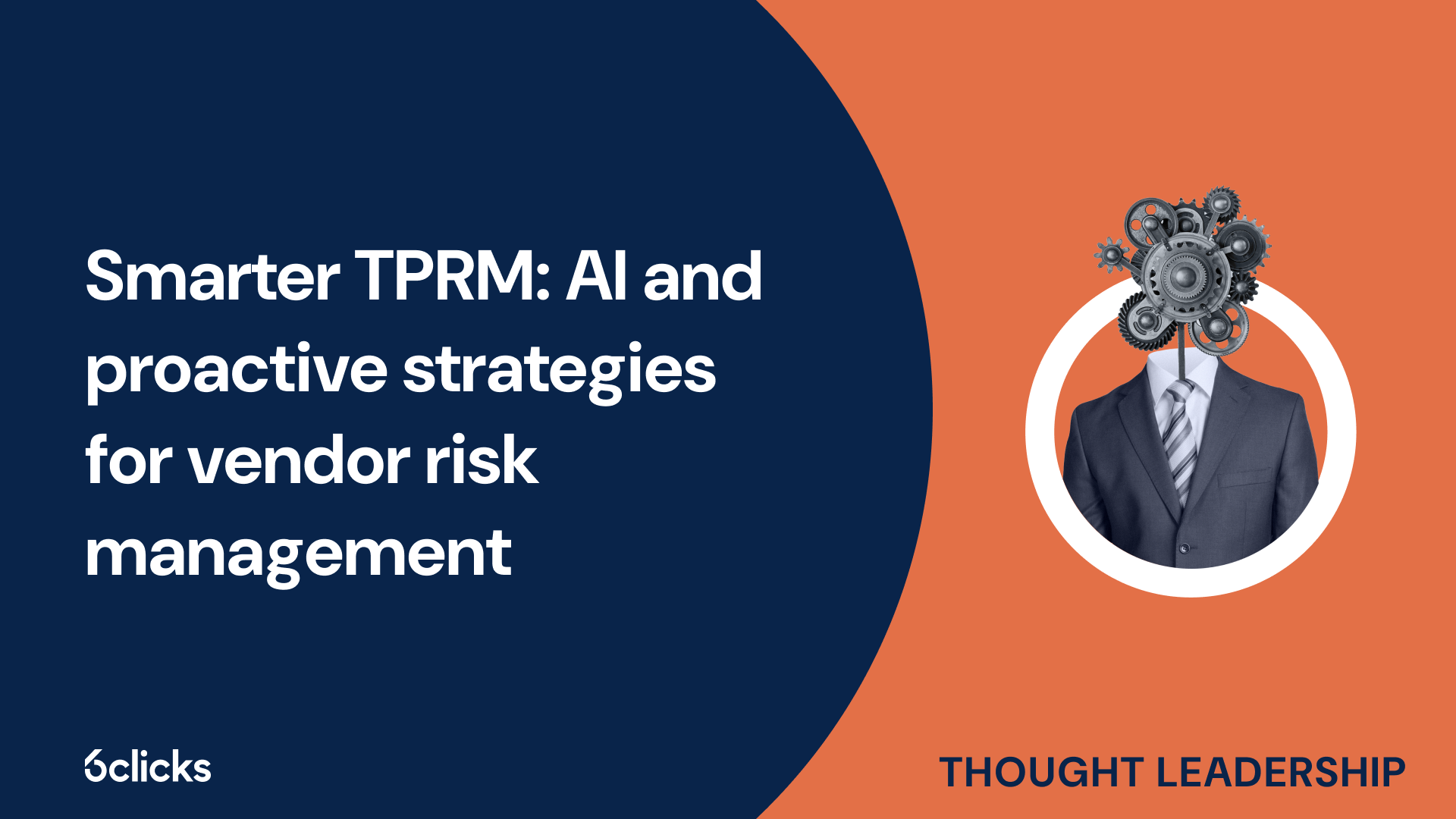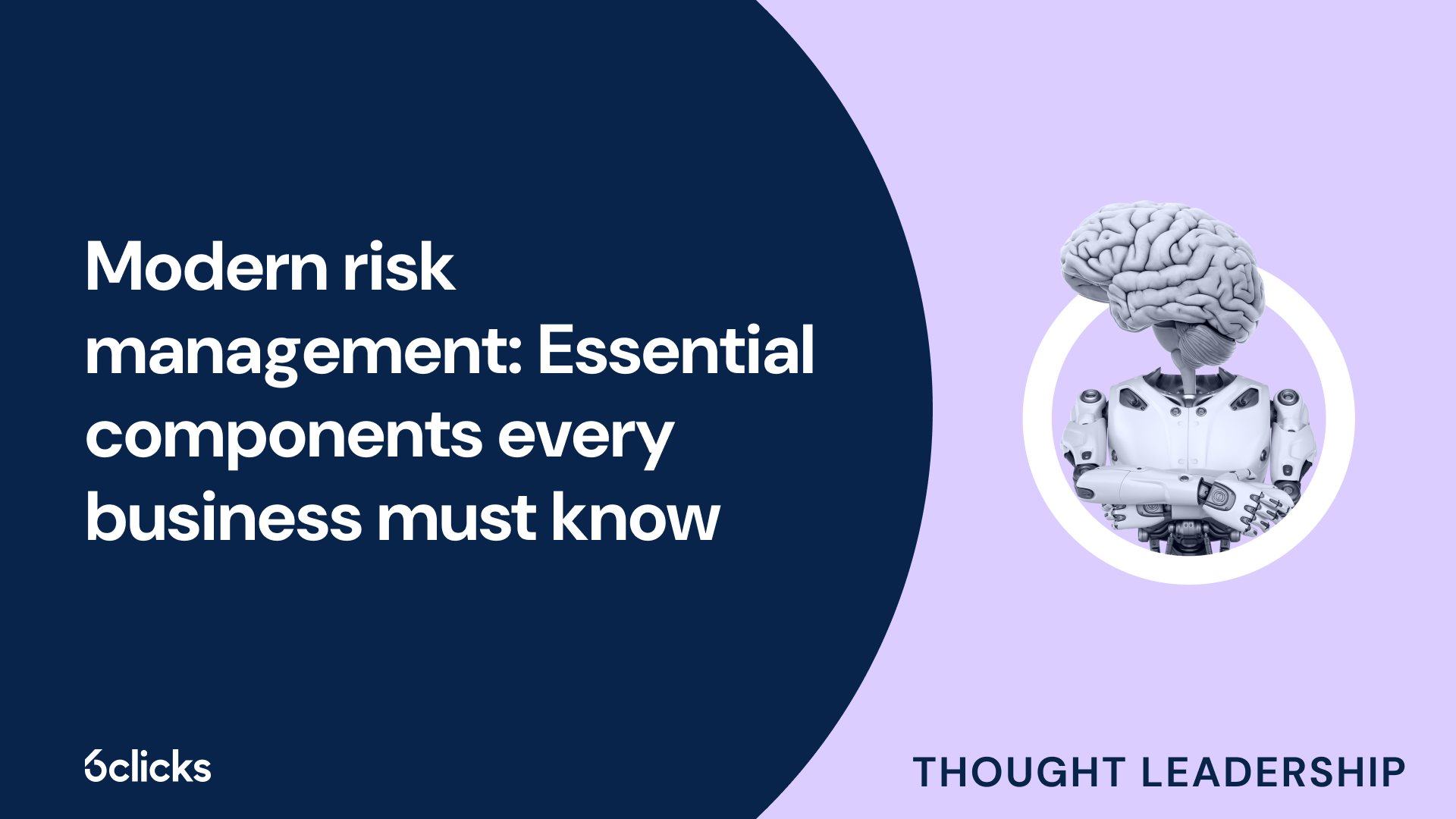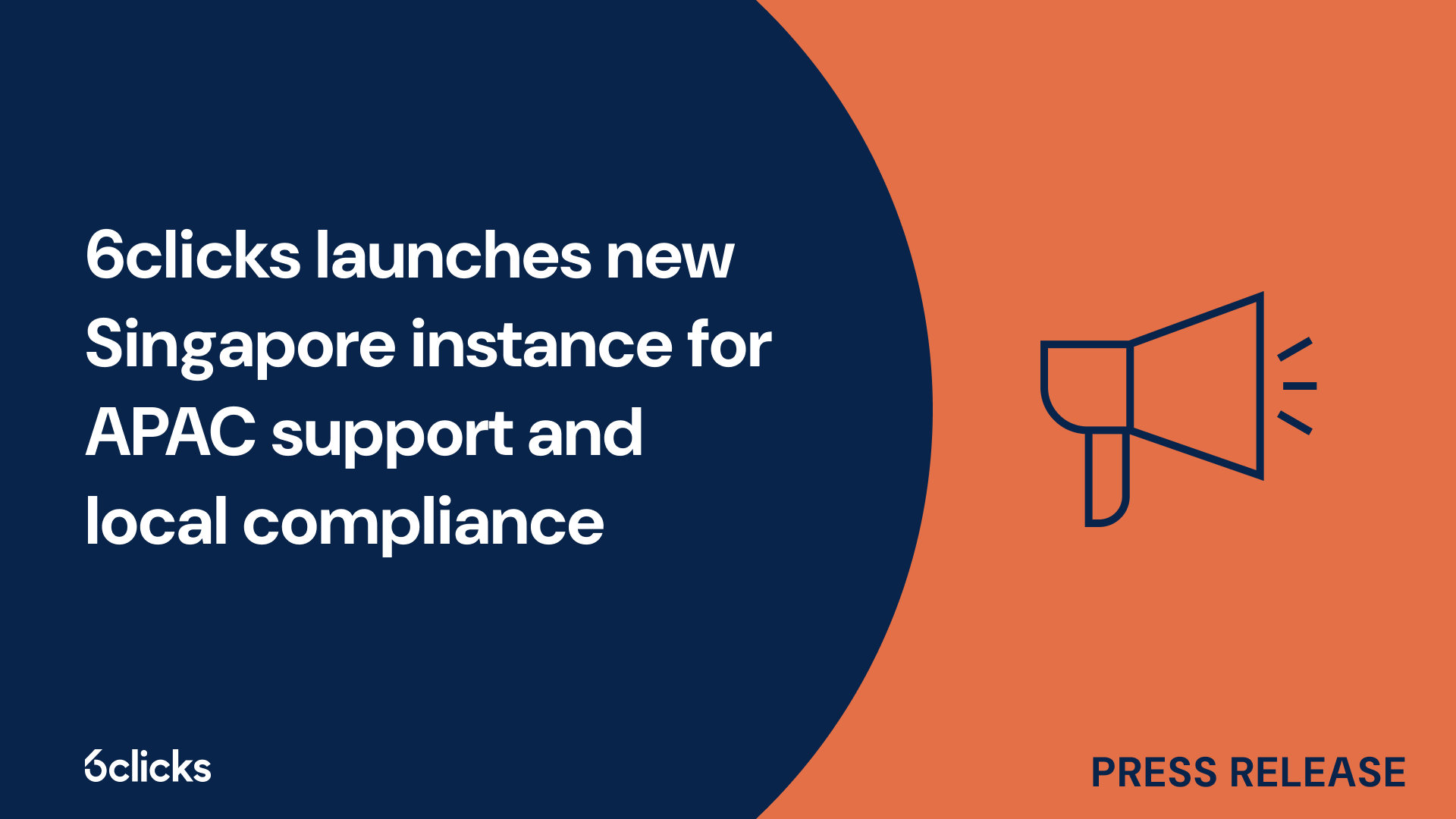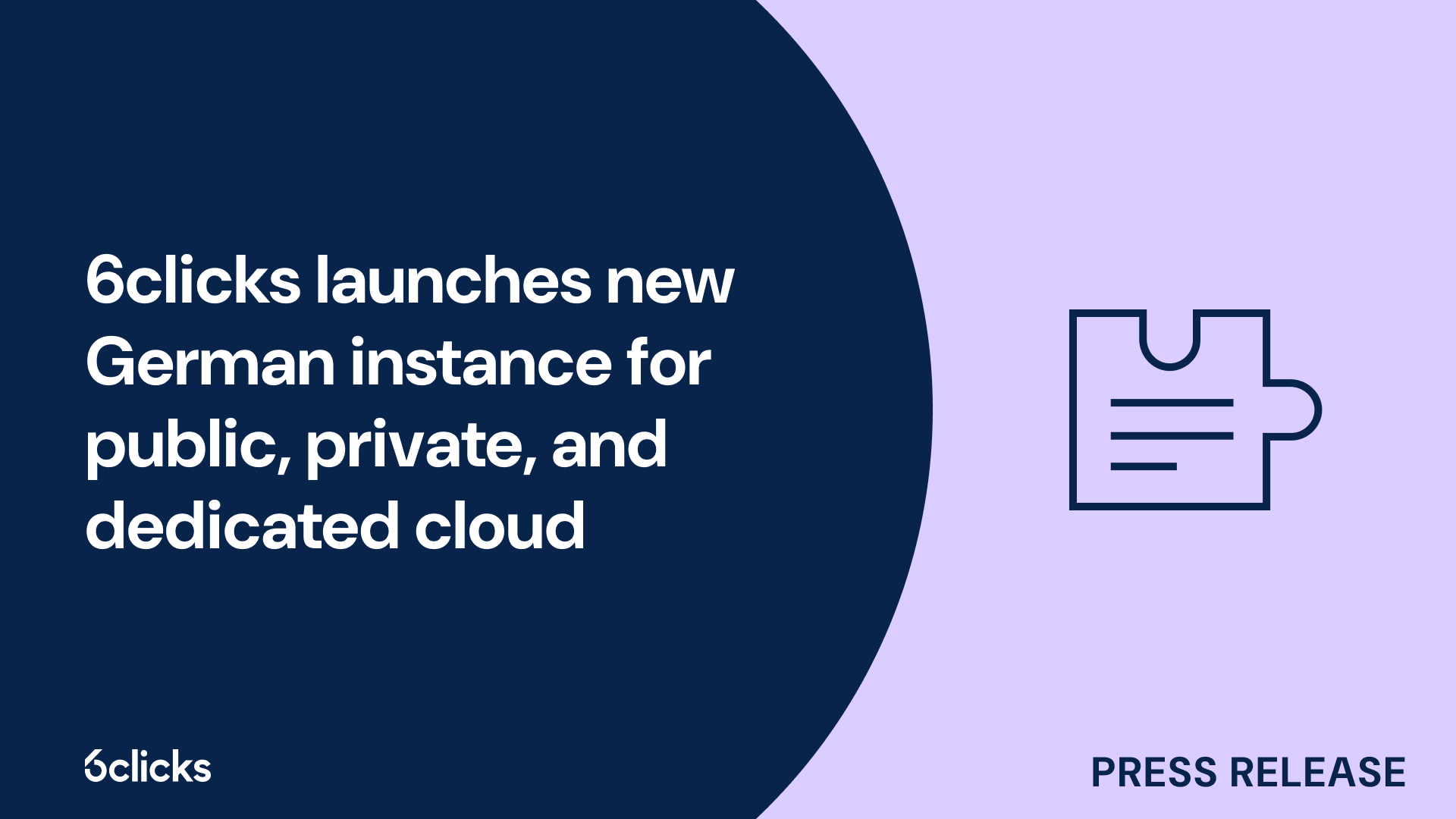The GRC buyer’s guide for 2025: Building resilience with AI-powered, federated solutions
Discover the ultimate GRC buyer's guide for 2025! Uncover how AI-powered, federated solutions transform compliance and security management for industries like government, aerospace, banking, and more. Learn about centralized control, continuous compliance, and advanced cyber GRC capabilities. Download now!
-1.png?width=200&height=249&name=Group%20193%20(1)-1.png)
The GRC buyer’s guide for 2025: Building resilience with AI-powered, federated solutions
What are the 5 NIST CSF categories?
The National Institute of Standards and Technology (NIST) Cybersecurity Framework (CSF) is a widely adopted guideline designed to improve cybersecurity risk management. It provides a structured approach to identifying, protecting, detecting, responding to, and recovering from cyber threats. The NIST CSF categories are essential components that help organizations strengthen their security posture. Understanding these five categories is crucial for effective cybersecurity planning and implementation.
1. Identify
The Identify category is the foundation of the NIST CSF. It focuses on understanding an organization’s cybersecurity risks, assets, and vulnerabilities. This category ensures that organizations have a clear grasp of their business environment, including critical systems, data, and potential threats.
Key functions within this category include:
- Asset management
- Risk assessment
- Governance
By identifying risks and dependencies, organizations can develop a strategic approach to managing cybersecurity threats effectively.
2. Protect
The Protect category involves implementing safeguards to ensure the continued delivery of critical services and data security. This category focuses on access control, training, and protective measures that minimize the impact of a cyber incident.
Key subcategories include:
- Identity management
- Data security
- Maintenance of protective technology
Proper implementation of protective measures helps prevent cyber threats from causing significant damage.
3. Detect
The Detect category ensures that organizations have the capability to identify cybersecurity threats and anomalies in real time. This includes continuous monitoring, threat detection, and incident reporting mechanisms.
Common strategies within this category include:
- Security event monitoring
- Anomaly detection
- Forensic analysis
A proactive detection system is essential for minimizing the impact of cyber threats before they escalate.
4. Respond
The Respond category focuses on an organization’s ability to take action when a cybersecurity incident occurs. It ensures that an effective response plan is in place to mitigate risks and contain threats.
Key elements of this category include:
- Incident response planning
- Threat analysis and mitigation
- Communication strategies
Organizations should establish clear protocols for responding to incidents, ensuring that they can quickly contain threats and prevent further damage.
5. Recover
The Recover category emphasizes resilience and the ability to restore operations after a cyber incident. It includes recovery planning, process improvements, and lessons learned from past incidents.
Key recovery processes include:
- Developing and testing recovery plans
- Restoring services and data
- Maintaining communication strategies
A strong recovery plan minimizes disruptions and strengthens an organization's ability to handle future cybersecurity threats effectively.
Conclusion
Understanding the five NIST CSF categories—Identify, Protect, Detect, Respond, and Recover—helps organizations establish a robust cybersecurity framework. These categories provide a comprehensive approach to managing cyber risks and ensuring business continuity. By implementing the NIST CSF categories, organizations can enhance their security posture, protect sensitive information, and mitigate potential cyber threats. Whether a small business or a large enterprise, adopting this structured approach is crucial in today’s evolving threat landscape.
Streamline your implementation of the NIST CSF categories through our NIST CSF solution. With ready-to-use frameworks, control sets, and assessment templates, AI-powered control mapping, continuous monitoring, and automated assessments, 6clicks can help you easily align with the NIST CSF. Learn how our platform can equip your organization with robust functionality to enhance cybersecurity, simplify compliance, and maintain audit readiness.





.png?width=302&height=170&name=eBook%20Title%20-%20Cyber%20Incident%20Response%20(1).png)





